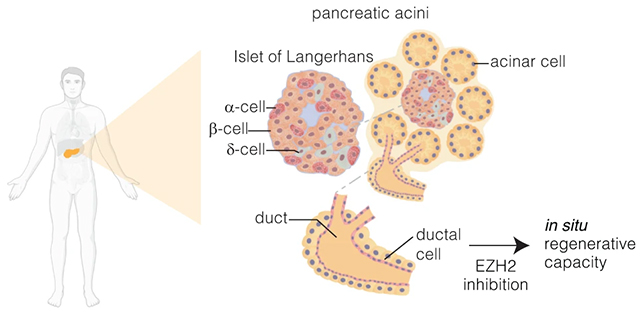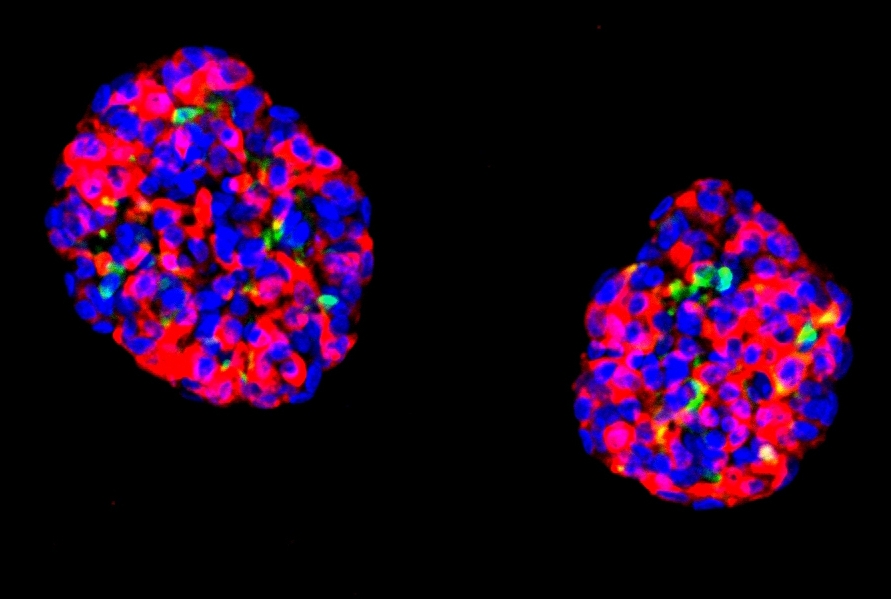FDA-approved drugs restore insulin production in 48 hours — new study
Humanity has taken another step toward reducing the need for routine insulin injections to manage diabetes—new research has shown how insulin-producing cells in the pancreas can be restored.
Using pancreatic duct-forming cells, which form the tissues that line the pancreatic ducts—scientists were able to mimic the function of beta cells ; These cells are usually ineffective or absent in people with type 1 diabetes.
Researchers at the Baker Heart and Diabetes Institute in Australia have explored new uses for drugs already approved by the FDA, drugs that target the enzyme EZH2 in human tissue . Normally, this enzyme controls cell development and is an important biological control of growth.
To overcome some of the brakes imposed by the enzyme EZH2, the scientists used two inhibitory molecules already approved for cancer treatment —GSK126 and tazemetostat; As a result, duct-forming cells have evolved functions similar to beta cells.

“Targeted knockdown of EZH2 is fundamental to the regenerative potential of beta cells. Ex vivo, in response to a physiological glucose challenge, reprogramming of pancreatic ductal cells to produce and secrete insulin,” the researchers wrote.
According to previous research , the cells that make up the lining of the duct, which also helps manage stomach acid, can transform into something similar to beta cells in the right environment. This time, we already have a good idea of how to do it.
Most importantly, the new cells can sense glucose levels and adjust their insulin production accordingly—just like beta cells. In the type 1 diabetes that the study focused on, the original beta cells were mistakenly destroyed by the body's immune system, which meant that blood sugar and insulin had to be managed with regular injections.
The team's tests showed the same response in tissue samples taken from 7- and 61-year-old patients with type 1 diabetes and a 56-year-old non-diabetic person. This suggests that it may work for generations. Another positive sign is that it only took 48 hours of stimulation to restore regular insulin production.
It is estimated that approximately 422 million people worldwide have diabetes; They depend on measuring and managing blood sugar daily. The research is still in its early stages, with clinical trials still to come, but it could be argued that this is another potential way to coax the human body to replace the functions that diabetes takes away.
Furthermore, this is not the only promising avenue that scientists are exploring; New types of drugs are being developed, and in the meantime, scientists are also working on ways to effectively protect insulin-producing cells from destruction.
"We believe that this regenerative approach is a significant advance in clinical development. Until now, the regenerative process was random and unproven. More importantly, the epigenetic mechanisms that lead to such regeneration in humans have been poorly studied to date," says Sam El-Osta, an epigeneticist at the Baker Heart and Diabetes Institute.
The study was published in Signal Transduction and Targeted Therapy .
Prepared by ScienceAlert.



